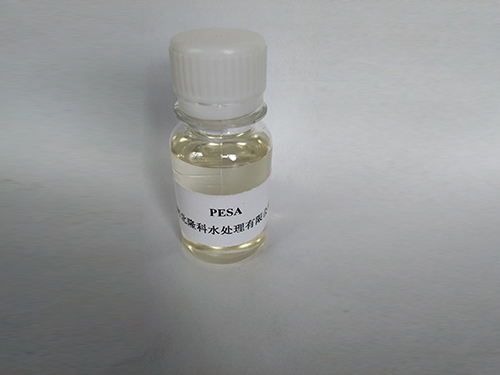Exploring the Applications and Benefits of Ethylene Diamine Tetra Methylene Phosphonic Acid in Various Industries
The Multifaceted Applications of Ethylene Diamine Tetra Methylene Phosphonic Acid
Ethylene diamine tetra methylene phosphonic acid (EDTMPA) is a chelating agent and a member of the phosphonic acid family, notable for its ability to bind metal ions. Its structure comprises four methylene phosphonic acid groups attached to a central ethylene diamine core. This complex architecture enables EDTMPA to exhibit unique chemical properties, making it an essential compound across various industrial and scientific applications.
Chemical Properties
EDTMPA’s exceptional metal-binding abilities arise from its phosphonic acid groups, which can form stable coordination complexes with metal ions. The presence of four phosphonic acid functional groups allows EDTMPA to effectively chelate a wide range of divalent and trivalent metal ions, including calcium (Ca²⁺), magnesium (Mg²⁺), and iron (Fe³⁺). This chelation capacity is not only critical in various applications but also plays a crucial role in inhibiting scale formation in industrial systems.
Industrial Applications
One of the primary applications of EDTMPA is in the water treatment industry. In aqueous systems, the accumulation of scale can lead to significant operational challenges, including increased energy consumption and reduced efficiency of heat exchangers. EDTMPA effectively prevents the precipitation of scale-forming minerals, ensuring the smooth operation of cooling systems and boilers. Additionally, its ability to sequester metal ions helps in stabilizing the quality of processed water, making it an invaluable component in water purification efforts.
Another important application for EDTMPA is in the realm of agriculture, particularly in fertilizers. The chelation of essential micronutrients is crucial for plant health. EDTMPA can stabilize nutrients like zinc, iron, and manganese, ensuring their availability to plants, thus enhancing growth and yield. This chelation facilitates nutrient uptake, making it an effective additive in various agricultural products.
ethylene diamine tetra methylene phosphonic acid

Biomedical Applications
Beyond its industrial uses, EDTMPA is also gaining traction in biomedical applications. Due to its chelating properties, it has been explored for use in medical imaging and diagnostics. Radiopharmaceuticals often utilize chelators to bind radioactive isotopes for imaging purposes. EDTMPA’s ability to stabilize these agents makes it a candidate for improving the efficiency and safety of medical imaging techniques, such as PET scans.
Furthermore, studies have indicated that EDTMPA may possess antibacterial properties, potentially expanding its use in medical applications such as wound healing and infection control. The ability to chelate essential metal ions necessary for bacterial growth could aid in the development of new antimicrobial therapies.
Environmental Considerations
As industries increasingly focus on sustainability, the use of chelating agents like EDTMPA can contribute to less harmful environmental practices. Unlike other phosphonates, EDTMPA has shown to be less harmful to aquatic life, making it a more environmentally friendly alternative for applications in water treatment and agriculture. As regulations tighten around the use of phosphonates due to their potential environmental impacts, EDTMPA may emerge as a safer option without compromising on efficacy.
Conclusion
Ethylene diamine tetra methylene phosphonic acid is an innovative compound with diverse applications spanning water treatment, agriculture, medicine, and beyond. Its unique chemical structure allows for effective metal ion chelation, aiding in various processes while contributing to environmental sustainability. As research continues, it is expected that new applications and formulations involving EDTMPA will emerge, paving the way for advancements in both industrial and biomedical fields. The future of EDTMPA appears promising, underscoring its importance in contemporary science and technology.
-
Scale and Corrosion Inhibitors: Key to Industrial Water TreatmentNewsMay.22,2025
-
Organic Phosphate: Structure, Properties, and ApplicationsNewsMay.22,2025
-
Isothiazolinones: a versatile and versatile biocide with a wide range of applicationsNewsMay.22,2025
-
Industrial Flocculant: The Key to Optimizing Industrial ProcessesNewsMay.22,2025
-
Hydrolyzed Polymaleic Anhydride: Structure, Properties, and ApplicationsNewsMay.22,2025
-
Application of Flocculant in Water TreatmentNewsMay.22,2025





